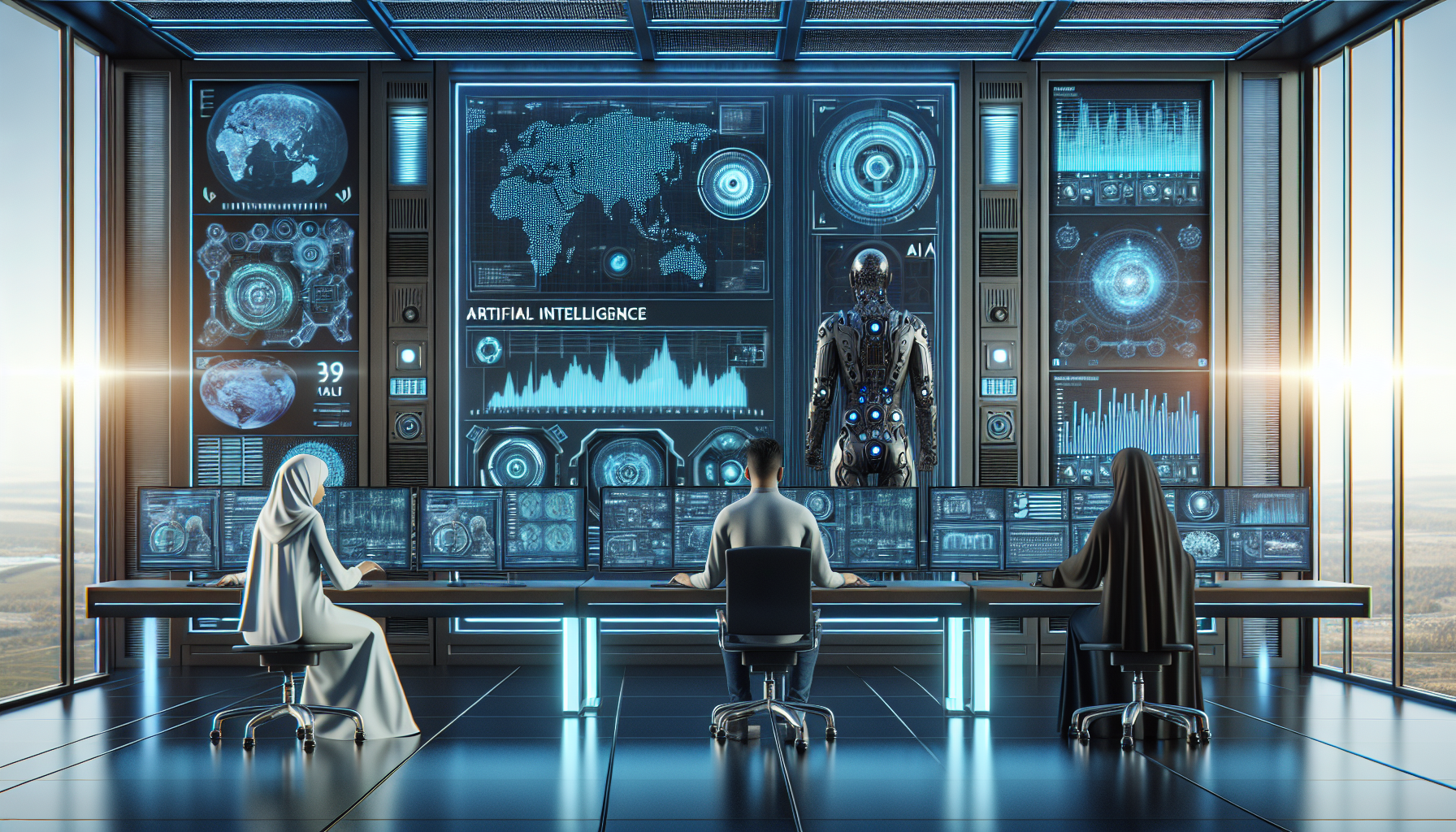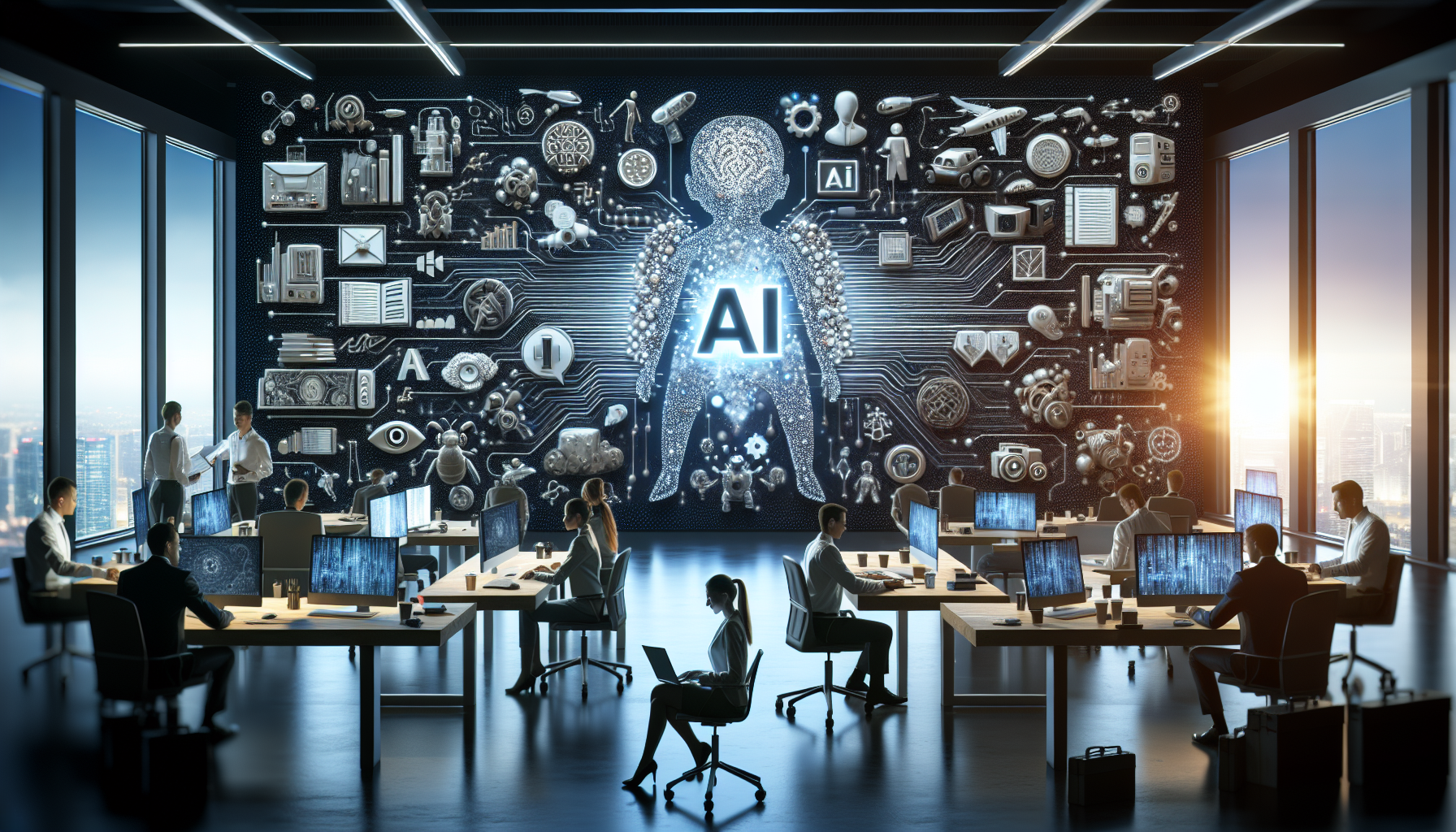
Bias in AI: A Critical Comparative Analysis of Fairness and Inclusivity
November 25, 2025
Artificial intelligence, often hailed as the frontier of technological advancement, carries with it a shadowy burden—bias. As AI systems increasingly influence crucial decisions in areas like employment, law enforcement, and healthcare, the question of fairness and inclusivity becomes impossible to ignore. While AI has the potential to make unbiased decisions, it paradoxically reflects and sometimes amplifies societal biases present in the data it learns from. This article examines how different AI systems grapple with bias, highlighting critical insights and challenges in achieving fairness and inclusivity.
A primary concern is the opaque nature of AI algorithms. Unlike human decision-making processes, AI operates in a "black box," where understanding the mechanisms behind its choices is often elusive. This opacity complicates efforts to identify and correct biases. For instance, facial recognition software has faced scrutiny for its disproportionate error rates across different demographic groups. Studies have demonstrated that these systems frequently misidentify individuals with darker skin tones, raising ethical concerns about their deployment in law enforcement.
The root of AI bias often lies in the data used for training. Historical data, inherently reflective of societal biases, can perpetuate discrimination if not properly managed. For example, if a hiring algorithm is trained on data from a company with a history of gender discrimination, it may inadvertently favor male candidates, perpetuating inequality. This highlights the critical need for diverse and representative datasets in AI development, yet achieving this remains a significant hurdle.
In comparing AI systems across different sectors, healthcare provides a notable lens. AI-driven diagnostic tools promise to revolutionize patient care, yet they have been criticized for their performance disparities. A study found that an algorithm used to detect skin cancer performed less effectively on images from patients with darker skin. Such disparities suggest that AI systems trained predominantly on data from one demographic may fail to serve others equitably, posing a serious risk to patient safety and equal access to care.
The financial industry offers another perspective on AI bias. Credit scoring algorithms, used to evaluate loan eligibility, can inadvertently reproduce existing economic disparities. If an AI system is trained on historical lending data that reflects biased lending practices, it may continue to disadvantage certain groups. Such biases not only affect individual consumers but also perpetuate systemic inequalities, calling into question the ethical implications of relying on AI for financial decision-making.
Addressing these biases requires a multifaceted approach. One strategy involves the implementation of fairness constraints in AI algorithms. These constraints are designed to ensure that outcomes do not disproportionately disadvantage any group. However, balancing fairness with other performance metrics, such as accuracy, presents a significant challenge. Critics argue that while these constraints can reduce bias, they may also lead to unintended consequences, such as a reduction in overall system effectiveness.
Another avenue for tackling bias is through increased transparency and accountability. Advocates suggest that AI systems should be subject to regular audits to ensure they adhere to fairness standards. Additionally, involving diverse teams in the development process can help identify potential biases early on. While these measures hold promise, they require substantial commitment and resources from corporations and developers, which are not always forthcoming.
Furthermore, the role of regulatory frameworks cannot be overlooked. Governments and international bodies are beginning to establish guidelines aimed at ensuring AI systems operate fairly. These regulations can drive companies to adopt best practices in AI development, though the pace of technological advancement often outstrips the speed of legislative change. Thus, a proactive approach is essential to prevent AI from reinforcing existing inequalities.
As AI continues to evolve, the conversation around bias, fairness, and inclusivity will only grow in importance. It is imperative that developers, policymakers, and society at large remain vigilant in addressing these issues. The stakes are high; unchecked biases in AI could exacerbate societal divides rather than bridge them. This critical comparative analysis underscores the need for a concerted effort to ensure AI serves all people equitably.
In contemplating the future of AI, one must ponder: Can we ever fully eliminate bias from systems that are so deeply intertwined with human society? Or is the quest for unbiased AI a perpetual journey, one that demands constant reflection and adaptation? The answers to these questions will shape the ethical landscape of AI for generations to come.


